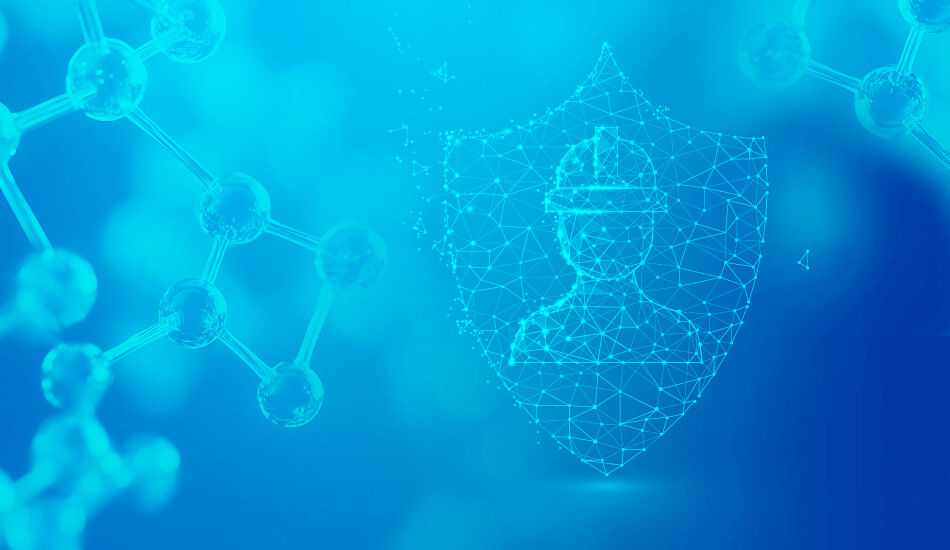Taking a Smart Approach to Safety with Hydrogen Electrolyzers

June 21st 2025
With hydrogen playing an increasingly important role in the transition to clean energy, ensuring electrolyzers operate safely is just as important as ensuring their performance. But between electrolyzer manufacturers, there can be major differences in the resulting equipment’s safety even when similar components are used—much like passenger vehicles with the same safety features, like airbags, anti-lock brakes, and seatbelts, but very different performance in safety tests.
Marc Gascuel
So what are those actions and factors that lead to better safety in hydrogen electrolyzers? For more context, we’ve turned to Marc Gascuel, Dependability, Integrated Product Support & Safety Manager at John Cockerill Hydrogen. With deep expertise in building product safety throughout the design and manufacturing process, he’s able to shed light on how John Cockerill ensures electrolyzer safety—from design features to operational practices—and explain how our commitment to safety helps support efficient hydrogen production.
How the design process helps ensure overall electrolyzer system safety
From our perspective, the focus on safety has to start long before an electrolyzer is ever assembled. At John Cockerill, it begins with understanding and analyzing existing systems as well as our historical designs, so we can pinpoint what has worked well and where there may be opportunities to improve safety features in our own systems.

Based on this foundation, we conduct a thorough hazard identification study (HAZID) at the outset of the design process to help us uncover potential risks associated with the equipment. Based on the findings, we outline any additional studies needed to document these risks comprehensively. The goal here is to ensure that all risks are identified and that we’ve analyzed and evaluated all consequences of those risks for the life of the project.
A key part of this process is the hazard and operability study, or HAZOP. During a HAZOP, we examine the system to uncover anything that could potentially go wrong. We assess the consequences of each scenario in terms of how they would affect the system, the surrounding environment, and people nearby, then rank the risks accordingly. Whether the electrolyzer is installed in a neighborhood, an industrial plant, or any other environment, this step makes sure that every risk is accounted for and managed appropriately.
After reviewing potential hazards, we move on to the layer of protection analysis (LOPA). This helps us decide what specific safety measures need to be in place to prevent risks from escalating. If a risk of explosion is identified, for example, we analyze which protective layers—such as alarms, automatic shutdown systems, or pressure relief devices—will reduce that risk to an acceptable level. Sometimes the system’s construction alone can mitigate that danger, but often it’s a combination of built-in safety features and operational protocols.
When necessary, we implement safety instrumented functions (SIFs). These are specialized systems designed to respond automatically to certain conditions. For example, if pressure within the system exceeds safe limits, a logic solver dedicated to safety will trigger an immediate response. This might involve closing a valve, shutting down a process, or opening a relief valve to release excess pressure and quickly bring the system back to a safe state.
Stringent standards can even meet the requirements of specific industries with different risk tolerance
While we apply a consistent safety framework across all products, different industries often have unique safety expectations and risk tolerances, and they may require additional safety measures beyond our standard offerings. On these occasions, we work closely with the customer’s safety team to tailor solutions that meet their specific requirements.
Sometimes, this merely involves aligning our internal safety rankings and metrics with those of the customer. Although we have a robust system in place, operators often bring their own risk assessments and metrics, which can vary significantly depending on the industry, region, or even company culture. A customer based in Europe may have stringent safety demands that align with John Cockerill’s, but the way they evaluate and present risks can differ from our standards. Similarly, a customer might produce the same risk evaluation as John Cockerill, but their way of preventing that risk might differ from ours.
In other instances, a hydrogen producer may be facing specific scenarios that affect their risk criteria. Factors such as product setup, whether equipment is used indoors or outdoors, and the surrounding environment—like a remote facility versus one in a densely populated city—all influence risk evaluations. For hydrogen producers who will be installing electrolyzers in less populated areas, our strict safety standards typically exceed their requirements. But for someone who plans on producing hydrogen in, for example, New York City, they’ll be looking for much greater assurance due to the densely populated area around it.
At times like these, we modify our designs accordingly to achieve a final product that aligns with both our safety expectations and those of the customer.
The importance of collaborating and building a culture of safety
While the majority of safety measures are integrated during the design phase, ensuring their effectiveness over time requires ongoing attention. Regular maintenance, inspections, and system checks are critical, especially for SIFs, which play a pivotal role in automated responses to potential risks.
Building a strong culture of safety involves not only adhering to technical guidelines but also committing to open communication with our clients. Our safety studies are initially based on specific usage hypotheses, but we recognize that real-world applications can differ. This is why we actively engage with customers to reassess our assumptions and adapt to their unique operational environments. Whether equipment is exposed to extreme cold, intense heat, or varying installation conditions, we work collaboratively to implement the necessary safety provisions.
By maintaining a close partnership with customers, we gain valuable insights that help us refine our systems and practices. This feedback loop, combined with rigorous testing and continuous learning, strengthens our ability to uphold the highest safety standards across all projects.
John Cockerill’s approach to safety with electrolyzers
At John Cockerill, safety is woven into every stage of our electrolyzer design, implementation, and maintenance. Our commitment to maintaining a low level of risk acceptance ensures that our systems consistently operate with enhanced safety margins. This conservative approach minimizes potential hazards and reflects our proactive stance on protecting both people and environments.
Dependability is at the heart of our safety framework. We continuously learn from real-world operations through analyses of past projects, gaining insights that help us refine our processes. With numerous electrolyzer installations already in operation, we’re able to draw extensive feedback from active systems, identify potential triggers for safety issues, and proactively address them. This depth of learned experience sets us apart from competitors who may not have the same operational history; while others may eventually encounter and learn from similar issues, we have already taken preventive measures based on firsthand experience.
Reliability is another cornerstone of our safety philosophy, and we benefit from cross-industry expertise within the John Cockerill Group, including sectors like defense and nuclear energy, where rigorous standards for reliability and safety are the norm. This internal synergy enables us to apply proven methodologies across different branches without relying heavily on external resources, enhancing our capacity to deliver robust, safe, and dependable electrolyzer systems.
Through a combination of conservative risk management, continuous learning, technical innovation, and cross-industry expertise, John Cockerill sets a high standard for safety in electrolyzer technology. Our approach ensures that we not only meet but often exceed the safety expectations of our clients, providing peace of mind and dependable performance in every project we undertake.

